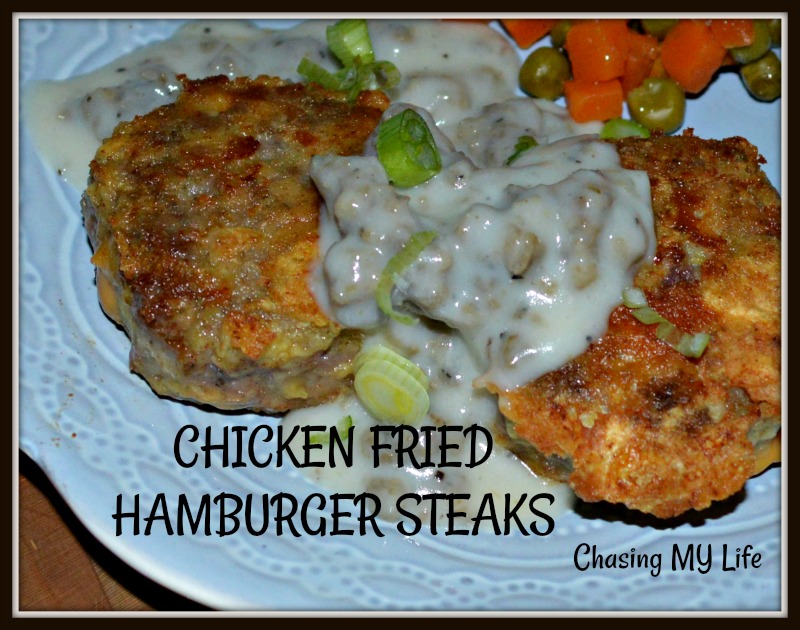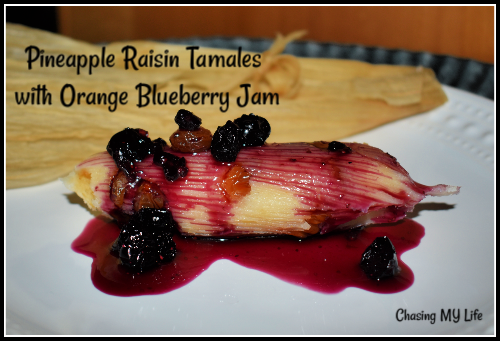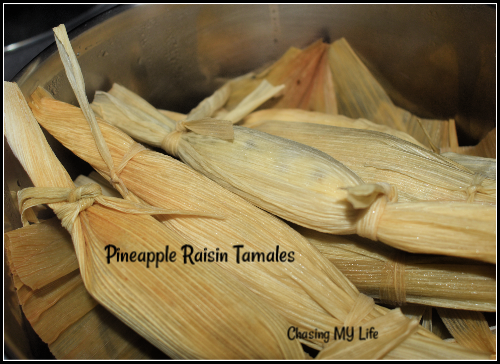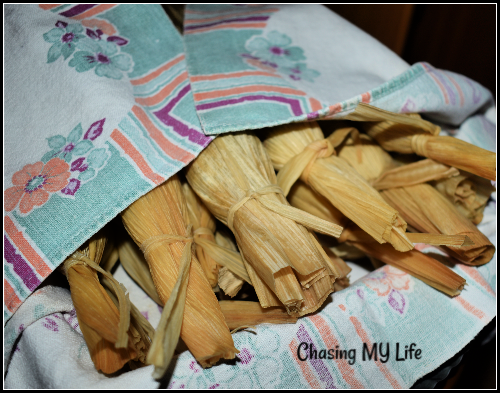Mardi Gras 2020 falls on Tuesday, February 25, this year and is also known as Fat
Tuesday, the last day of the Carnival season as it always falls the day
before Ash Wednesday, the first day of Lent. Fat Tuesday is EXACTLY what it sounds like – time to party and EAT! I
thought this would be a good time to re-run this recipe for Mardis Gras
King Cake. I threw in some history for you also since King Cake isn’t
just for Mardi Gras though that is what it is most famous for these
days. I do have to admit I made this cake a few years back when we were
living in Texas during Mardi Gras season though since then I have made
it for Epiphany without the Mardi Gras colors and using traditional
Christmas colors.

A king cake (sometimes rendered as kingcake, kings’ cake, king’s
cake, or three kings cake) is a type of cake associated with the
festival of Epiphany in the Christmas season in a number of countries,
and in other places with Mardi Gras and Carnival.
The “king cake” takes its name from the biblical three kings.
Catholic tradition states that their journey to Bethlehem took twelve
days (the Twelve Days of Christmas), and that they arrived to honor the
Christ Child on Epiphany. The season for king cake extends from the end
of the Twelve Days of Christmas (Twelfth Night and Epiphany Day),
through to Mardi Gras day. Some organizations or groups of friends may
have “king cake parties” every week through the Carnival season.
Related culinary traditions are the tortell of Catalonia, the gâteau
des Rois in Provence or the galette des Rois in the northern half of
France, and the Greek and Cypriot vasilopita. The galette des Rois is
made with puff pastry and frangipane (while the gâteau des Rois is made
with brioche and candied fruits). A little bean was traditionally hidden
in it, a custom taken from the Saturnalia in the Roman Empire: the one
who stumbled upon the bean was called “king of the feast.” In the
galette des Rois, since 1870 the beans have been replaced first by
porcelain and, now by plastic figurines; while the gâteau des Rois Also
known as “Rosca de Reyes” in Mexico.
In the southern United States, the tradition was brought to the area
by colonists from France and Spain and it is associated with Carnival,
which is celebrated in the Gulf Coast region, centered on New Orleans,
but ranging from the Florida Panhandle to East Texas. King cake parties
in New Orleans are documented back to the eighteenth century. The king
cake of the New Orleans Mardi Gras tradition comes in a number of
styles. The most simple, said to be the most traditional, is a ring of
twisted bread similar to that used in brioche topped with icing or
sugar, usually colored purple, green, and gold (the traditional Carnival
colors) with food coloring. Cajun king cakes are traditionally
deep-fat-fried as a doughnut would be, and there are many variants, some
with a filling, the most common being cream cheese and praline. It has
become customary in the New Orleans culture that whoever finds the
trinket must provide the next king cake or host the next Mardi Gras
party.
Some say that French settlers brought the custom to Louisiana
in the 18th century where it remained associated with the Epiphany
until the 19th century when it became a more elaborate Mardi Gras
custom. In New Orleans, the first cake of the season is served
on January 6. A small ceramic figurine of a baby is hidden inside the
cake, by tradition. However now, the tradition is giving way to the baby
being supplied and the customer placing the baby were ever they wish in
the cake. Whoever finds the baby is allowed to choose a mock court and
host the next King Cake party the following week (weekly cake parties
were held until Mardi Gras).
The classic king cake is oval-shaped, like the pattern of a
racetrack. The dough is basic coffee-cake dough, sometimes laced with
cinnamon, sometimes just plain. The dough is rolled out into a long
tubular shape (not unlike a thin po-boy), then shaped into an oval. The
ends are twisted together to complete the shape (HINT: if you want to
find the piece with the baby, look for the twist in the oval where the
two ends of the dough meet. That’s where the baby is usually inserted.)
The baby hidden in the cake speaks to the fact that the three Kings had a
difficult time finding the Christ Child and of the fine gifts they
brought.
The cake is then baked, and decorated when it comes out. The classic
decoration is simple granulated sugar, colored purple, green, and gold
for the colors of Carnival. King cakes have gotten more and more fancy
over the years, so now bakeries offer iced versions where there’s
classic white coffee cake glaze on the cake before it’s decorated, and
even king cakes filled with apple, cherry, cream cheese, or other kinds
of coffee-cake fillings.
King cakes are available at bakeries all over South Louisiana, but only after January 6 through Mardi Gras Day.
Mardi Gras is French for “Fat Tuesday” referring to the practice of
the last night of eating richer, fatty foods before the ritual fasting
of the Lenten season, which starts on Ash Wednesday. Popular practices
also include wearing masks and costumes, overturning most social
conventions, dancing, sports competitions, parades and such. Similar
expressions to Mardi Gras appear in other European languages sharing the
Christian tradition. In English, the day is called Shrove Tuesday,
associated with the religious requirement for confession before Lent
begins.
This is my version of this yummy yeast bread/cake.
MARDI GRAS KING CAKE (makes 2 cakes)
PASTRY
1 cup milk
1/4 cup butter
2 (.25 ounce) packages active dry yeast
2/3 cup warm water
1/2 cup white sugar
2 large eggs
1 1/2 teaspoons salt
1/2 teaspoon freshly grated nutmeg
1/2 teaspoon cinnamon
5 1/2 cups all-purpose flour
FILLING
1 cup packed brown sugar
1 tablespoon ground cinnamon
2/3 cup chopped walnuts or pecans
1/2 cup all-purpose flour
1/2 cup golden raisins
1/2 cup melted butter
FROSTING/GLAZE
1 cup confectioners’ sugar
1 tablespoon water
- Scald milk, remove from heat and stir in 1/4 cup of the butter. Allow mixture to cool to room temperature.
- In a large bowl, dissolve yeast in the warm water with 1 tablespoon
of the white sugar. Let stand until creamy, about 10 minutes.
- When yeast mixture is bubbly, add the cooled milk mixture.
- Whisk in the eggs.
- Stir in the remaining white sugar, salt and nutmeg.
- Beat the flour into the milk/egg mixture 1 cup at a time. When the
dough has pulled together, turn it out onto a lightly floured surface
and knead until smooth and elastic, about 8 to 10 minutes.
- Lightly oil a large bowl, place the dough in the bowl and turn to coat with oil.
- Cover with a damp cloth or plastic wrap and let rise in a warm place until doubled in volume, about 2 hours.
- When risen, punch down and divide dough in half.
- Preheat oven to 375°.
- Grease 2 cookie sheets or line with SILPATS or parchment paper.
- In a large mixing bowl combine the brown sugar, ground cinnamon, chopped pecans, 1/2 cup flour and 1/2 cup raisins.
- Pour 1/2 cup melted butter over the cinnamon mixture and mix until crumbly.
- Roll dough halves out into large rectangles (approximately 10×16 inches).
- Sprinkle the filling evenly over the dough and roll up each half tightly like a jelly roll, beginning at the wide side.
- Bring the ends of each roll together to form 2 oval shaped rings.
- Place each ring on a prepared cookie sheet.
- With sharp knife make cuts 1/3 of the way through the rings at 1
inch intervals. Let rise in a warm spot until doubled in size, about 45
minutes.
- Bake in preheated oven for 30 minutes.
- Push the doll into the bottom of the cake.
- Decorate with beads.
- Frost while warm with the glaze.

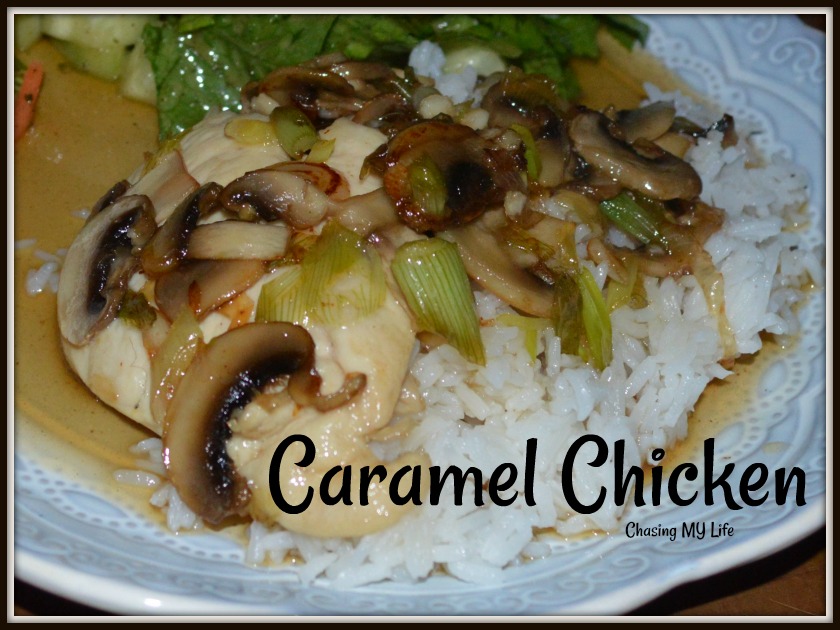








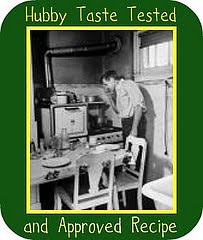

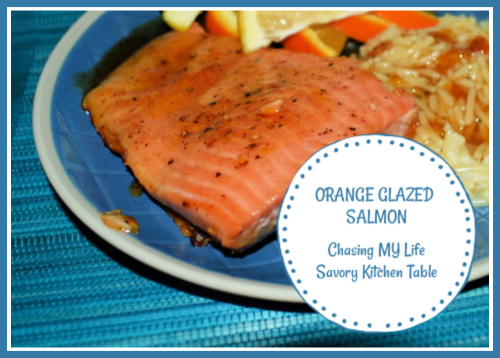








 This is a GREAT
brunch recipe – easy and quick, but looks more complicated and tastes
great, especially if you are a dunker, you know the one who like to dunk
their toast in their egg yolks and create that ooey gooey yumminess.
With this recipe your toast is underneath to absorb all that decadent
egg yolk and not lose any flavor to the plate. I like to make them in
individual dishes for more “formal” groups. Either way works really
well. Hubby likes to top his with some hot sauce them to round out the
flavor.
This is a GREAT
brunch recipe – easy and quick, but looks more complicated and tastes
great, especially if you are a dunker, you know the one who like to dunk
their toast in their egg yolks and create that ooey gooey yumminess.
With this recipe your toast is underneath to absorb all that decadent
egg yolk and not lose any flavor to the plate. I like to make them in
individual dishes for more “formal” groups. Either way works really
well. Hubby likes to top his with some hot sauce them to round out the
flavor.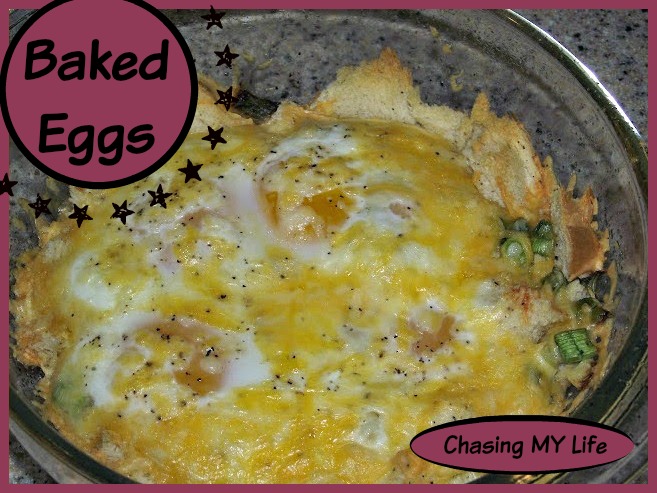
 I’ve
been making a recipe similar to this for years, but recently found a
name for them on a package of ground beef from my grocer. It’s a cute
name and really fits the recipe – it’s so country fair or carnival like!
If you have left over
I’ve
been making a recipe similar to this for years, but recently found a
name for them on a package of ground beef from my grocer. It’s a cute
name and really fits the recipe – it’s so country fair or carnival like!
If you have left over 







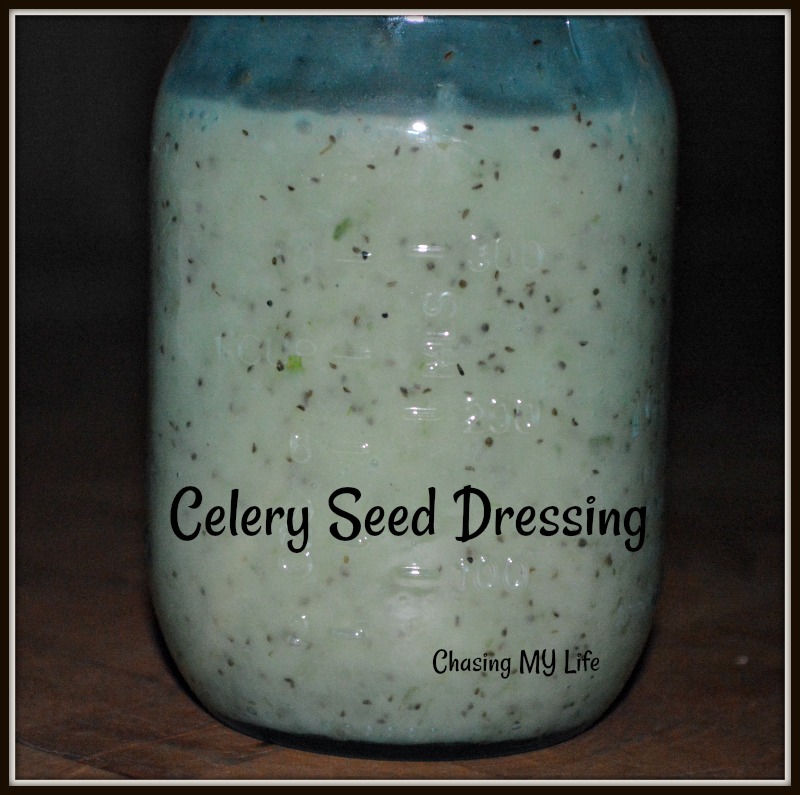
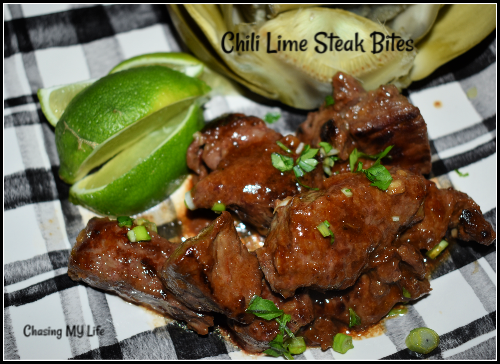 CHILI LIME BITES
CHILI LIME BITES
 CHICKEN MARSALA
CHICKEN MARSALA


